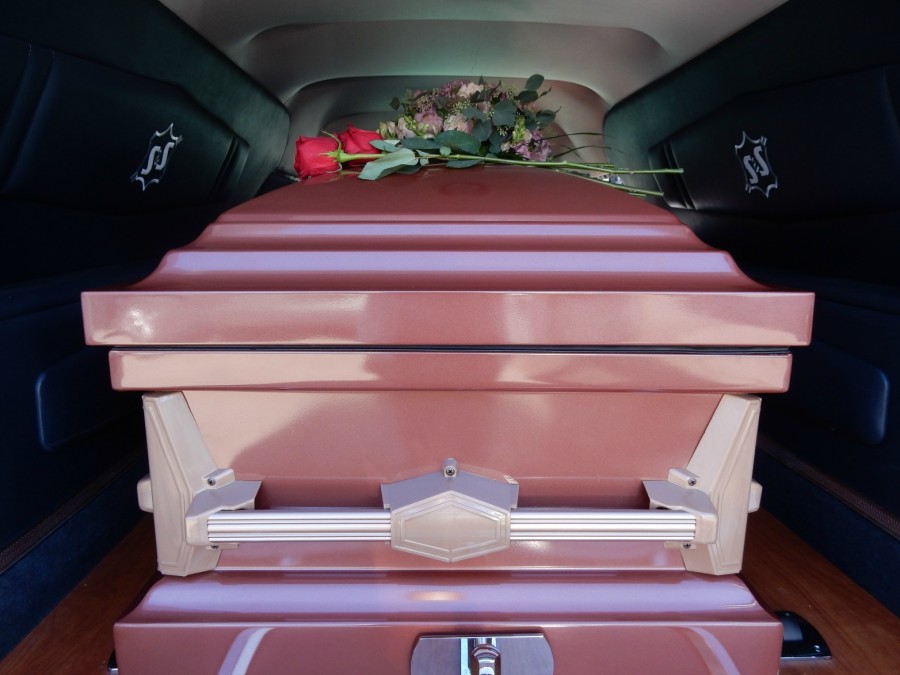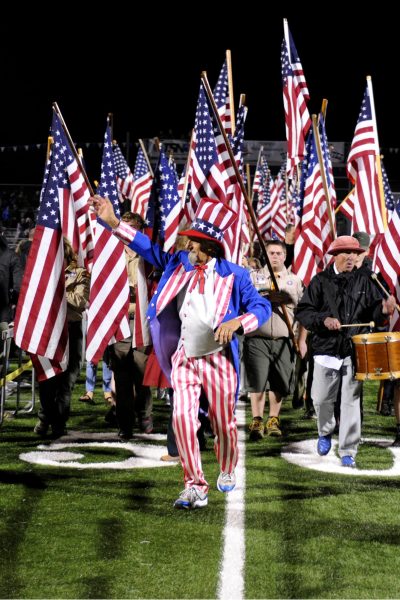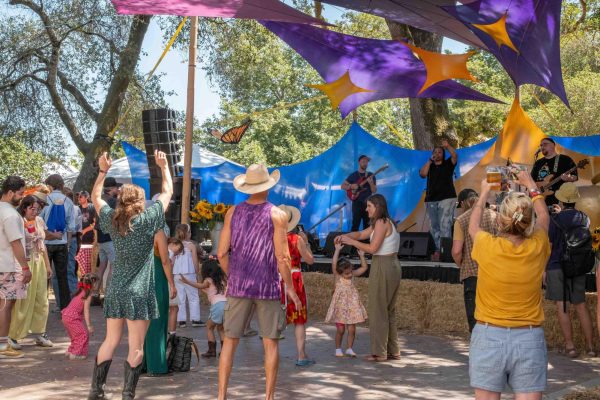Every 15 Minutes Impacts the Analy Community
The Every 15 Minutes program, presented at Analy High School on November 9th and 10th, was met with mixed reactions from the student body. This program, a highly realistic simulation of a drunk driving accident, was designed to bring awareness to the gravity of driving under the influence and the effects it has on the community, and has been taking place in schools across the continent since 1995. Although the staff is informed that it is a simulation, students are not supposed to know, and are instead meant to think that an accident has actually taken place. Its purpose is to provide a graphic illustration of the consequences of drinking and driving.
The Analy High program took more than seven months to plan and cost about $20,000. Fourteen AHS students were involved: four in the crash scene and ten as “living dead,” symbolically deceased students who were absent from class on the day of the simulation. These “living dead” were tangible representations of the damage caused by drunk driving accidents.
When the simulation began on Monday morning, police officers visited the classrooms of those missing students, carrying roses and obituaries. In each room, the deceased student’s teacher read the obituary and placed a flower on the student’s empty desk. The officers visited one classroom every 15 minutes to represent the frequency of fatal drunk driving accidents. The empty desks were visible symbols of lost lives.
The simulation continued midday, when there was an announcement over the loudspeaker. A frightened girl described a crash to a 911 dispatcher, barely containing her tears. After hearing the announcement, teachers and staff guided the entire student body out, through pouring rain, to Johnson Street, adjacent to the school grounds, to witness the scene. There, two cars were facing one another in the middle of the road, both badly damaged. A girl seemingly covered in blood and injured beyond recognition, lay motionless on the hood of one of the vehicles, having been thrown through the windshield. Two students were inside the other. The “drunk driver,” dazed and disoriented, stood by the cars. Across the street the ten living dead stood silent and still. By the end of the 45-minute demonstration, the “drunk driver” had been arrested, one victim was pronounced dead at the scene, and two others had been taken to the hospital.
Some of the viewers, after seeing their classmates injured and dead at the crash, were devastated. Realizing that under all the blood was her best friend Maren Powers, senior Jessa Rodriguez said, “I don’t think anyone wants to see their best friend zipped into a body bag and driven away, whether it is real or fake. I never want to have to attend the funeral of any of my peers at this point in my life, especially not from a car accident.” Jessa was positively impacted by the program, and hopes that others were too. “The whole experience was extremely emotional, and I think many of my peers were moved and awakened to the severity of the issue.”
Not everybody shared this perspective. Several students were shocked that the school would allow such a potentially upsetting presentation to be held. One senior thought that “there must be a better way to get the point across than to scare an entire school full of kids.” A number of other students were laughing and talking with classmates during the simulation. One anonymous source said, “With all the noise from the sirens and the rain itself, it was hard to hear what was going on. I could barely see the crash with the whole school on one little street, especially with everybody’s umbrellas, so it wasn’t sad or that upsetting. I just wanted to go back inside, or even home.” Another said, “I didn’t really care about the crash. I knew it was all fake anyway.” Evidently, the first part of the program didn’t impact all students in the same way. It may have been fake, but to many of the students, especially the ones who participated in the crash scene, it felt extremely real. “I felt very prepared going into the event, but after getting my makeup on, I felt as though I wasn’t ready,” explained Maren Powers, who played the victim declared dead on the scene. She continued to describe how she couldn’t have imagined what being in the crash was going to be like. “My injuries were so real I was a little taken aback that this actually happens to people every day, actually every fifteen minutes. I also didn’t feel prepared when my parents came to the morgue to identify me because I hated imagining them in this position going through this because of my decision in real life.” To the students who were surrounded by their friends, watching the scene from afar, it was easy to remember that the entire scene was fake. To the students in the cars or, in Maren’s case, lying on the hood of one in the pouring rain, it was a much more gripping reality.
For firefighters, however, this is a part of everyday life. We talked to Gina Piccinini, a recent graduate from Analy and now a firefighter who participated in the presentation. She told us: “It presents a very realistic example of what happens all the time and what can happen when you drive drunk. We are constantly preparing for these types of incidents, but no matter how ‘prepared’ you think you are, you’re never really ready. It’s a tough thing to deal with, even if you’ve done it 100 times.”
At an assembly the following day, the second segment of the program, a funeral for the victims was held in the school gymnasium. Parents of the deceased students read letters they had written to their children, and a mortician detailed the process of preparing a body for burial. The mortician’s information was graphic and startling: “Do you want me to be giving you your last bath?” he asked the audience. In addition, a number of guests spoke about their personal experiences with drunk driving, including Cody Baker, a man who, while intoxicated, drove his car off a cliff, killing four of his closest friends.
The assembly showed not just the potential result of drunk driving, orchestrated by a committee, but also the impact real accidents have on the parents and families of those killed, on the officials who know just how many kids die this way, and on the community as a whole. Some of the involved students said the most intense part of the experience was seeing how their “deaths” affected their loved ones and hearing the letters their parents wrote. On Monday, the simulation had been just that— simulated, and therefore limited. However, Tuesday morning’s assembly seemed to reach a much broader audience. In addition, the adults in the room helped maintain the mood, understanding the gravity of the presentation and reacting accordingly, causing the students to do the same. This was especially palpable when the keynote speaker told his story. Mr. Baker discussed how his accident altered him as a person, changing how he views himself and the world. “I would give my life for theirs any day. I wish I’d died instead,” he said.
In contrast to the rain streaking the reluctant faces of the previous day, tears stained the cheeks of the somber students leaving the auditorium. Reactions varied for both events, but Every 15 Minutes most definitely had an impact. “I hope that this has inspired my peers to make smart decisions about driving,” stated Rodriguez. Analy junior Gianna Zanzi, whose father is former Fire Chief John Zanzi, said, “My dad told me once, ‘If the Every 15 Minutes program prevents one car crash from occurring, we will have been successful.’”





